How Food Influencers Drive What’s Hot on Your Menu: 10 Key Insights
In today’s digitally-driven culinary landscape, food influencers hold the power to transform obscure dishes into overnight sensations. Through visually appealing social media content, strategic partnerships, and authentic storytelling, these digital tastemakers shape consumer cravings and dining habits. Restaurants and culinary brands increasingly recognize the significance of influencer collaborations to spotlight new menu items, amplify trends, and connect authentically with diners. As platforms like Instagram, TikTok, and YouTube continue to expand their reach, understanding how food influencers guide consumer choices becomes crucial. In this article, we’ll explore ten key insights illustrating the powerful role these digital trendsetters play in determining what’s hot—and what’s next—on your menu.
1. Visual Appeal Shapes Dining Choices
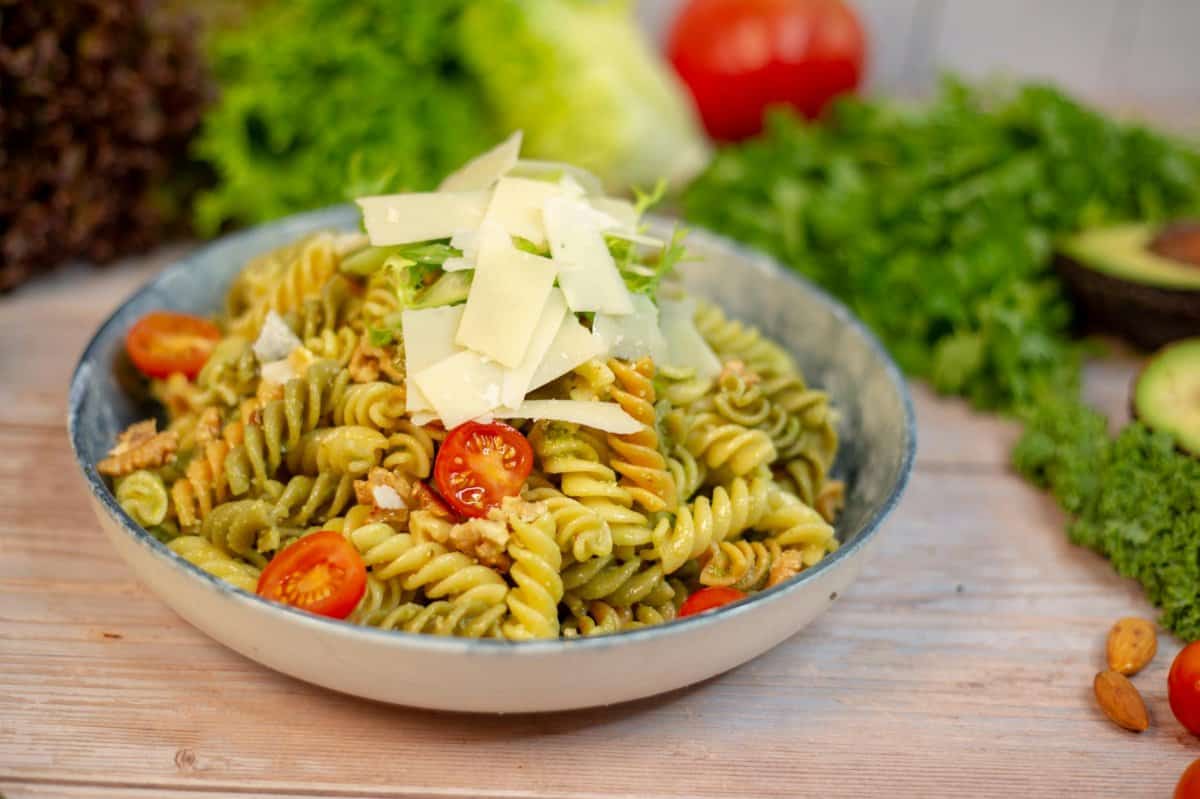
In the age of social media, we eat with our eyes first, and food influencers excel at capitalizing on this fact. Platforms such as Instagram and TikTok thrive on visually striking content, allowing influencers to highlight dishes through vibrant photos and enticing short videos. For instance, the viral nature of colorful smoothie bowls or dramatic cheese pulls captures viewers’ attention instantly, sparking curiosity and cravings. Restaurants, recognizing this visual influence, increasingly design menu items with ‘Instagrammable’ presentation in mind. Thus, compelling visuals shared by influencers directly drive consumer interest, shaping dining choices and ultimately influencing what’s featured prominently on restaurant menus.
2. Influencer Collaborations Boost Restaurant Traffic

Strategic partnerships between restaurants and prominent food influencers have proven highly effective in attracting diners eager to taste exclusive offerings. Limited-time dishes or special events co-created with influential figures generate buzz and excitement among followers. For example, Shake Shack’s collaboration with chef and influencer Matty Matheson resulted in a custom burger, drawing crowds and dramatically increasing foot traffic. Similarly, influencer-led pop-up dinners or tasting events frequently sell out rapidly, showcasing the power of tailored experiences designed by trusted social media personalities. These collaborations not only drive immediate customer interest but also position restaurants as trend-forward establishments within their local dining scenes.
3. Viral Food Challenges Set Menu Trends
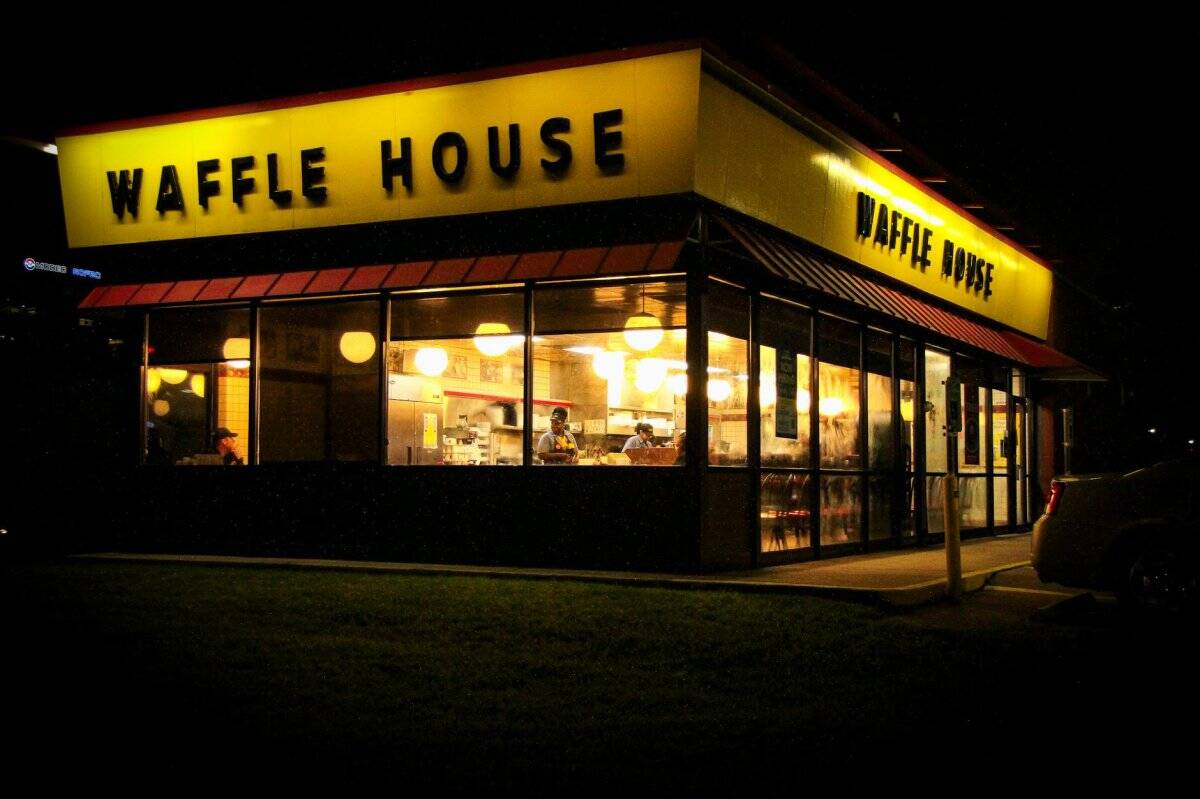
When influencers embrace viral food challenges, certain dishes can rapidly skyrocket in popularity, reshaping restaurant menus overnight. A prime example is the spicy noodle challenge, which spread swiftly across YouTube and TikTok, prompting eateries worldwide to introduce or highlight ultra-spicy noodle dishes to capitalize on the hype. Similarly, trends like oversized food challenges or unique ingredient combinations gain traction through influencer participation, sparking widespread consumer curiosity. Restaurants agile enough to quickly integrate these trending dishes into their offerings benefit from increased visibility and consumer demand, underscoring how influencer-driven food challenges significantly influence menu trends and dining choices.
4. Authenticity and Storytelling Influence Choices
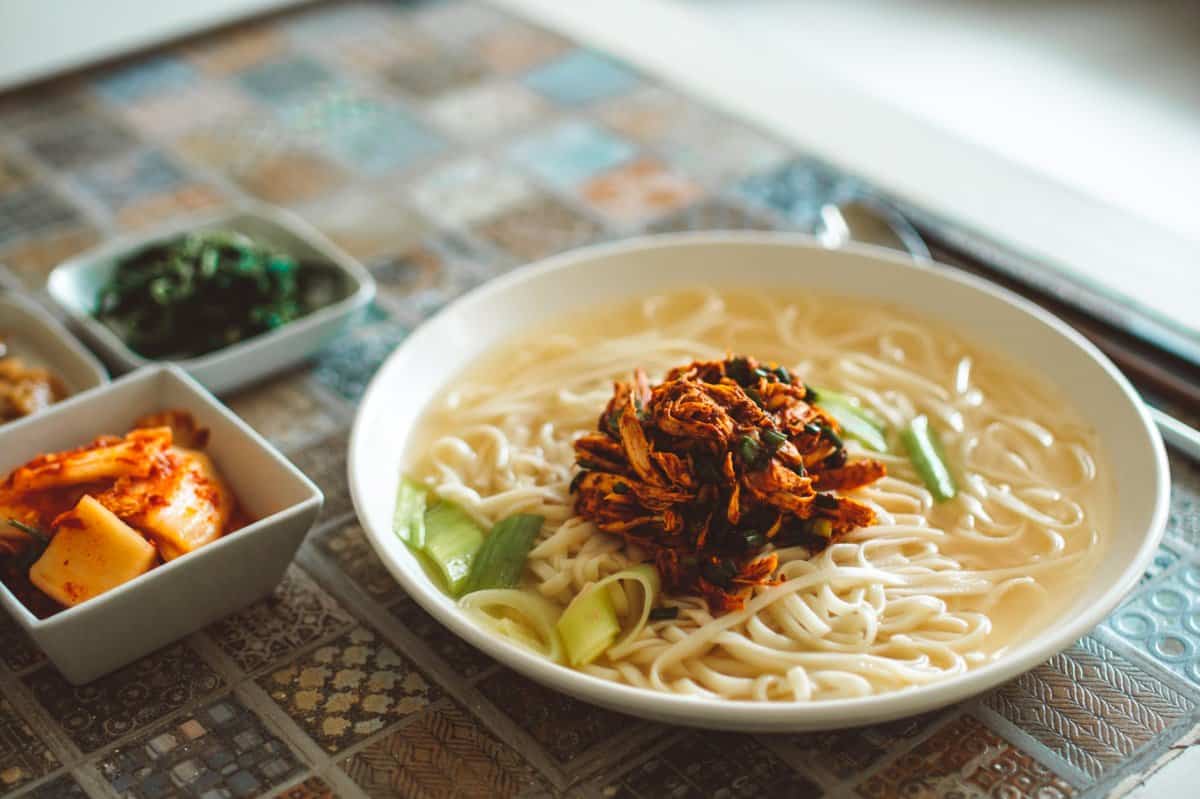
Food influencers who share personal narratives and cultural connections behind their culinary explorations forge genuine bonds with their followers. By highlighting the authentic roots and histories behind dishes, these influencers invite audiences into a richer dining experience. For example, influencers like Mark Wiens or Priya Krishna often spotlight traditional recipes and ingredients, emphasizing cultural heritage and family traditions. This storytelling approach resonates deeply with viewers, inspiring restaurants to embrace authenticity and cultural specificity on their own menus. As diners increasingly seek meaningful dining experiences, restaurants that echo the genuine narratives shared by influencers find greater success in connecting with customers.
5. Healthy Eating Trends Driven by Influencer Advocacy

Influencers advocating for health-conscious lifestyles play a critical role in shifting consumer focus toward nutritious dining options. By showcasing appealing dishes that emphasize wellness, balanced nutrition, and mindful eating, these influencers inspire followers to pursue healthier choices. Figures such as Ella Mills (Deliciously Ella) or Joe Wicks (The Body Coach) have successfully popularized plant-based meals, smoothie bowls, and nutrient-dense alternatives. Restaurants, recognizing the rising demand driven by such influencer advocacy, increasingly incorporate health-focused dishes onto their menus. As a result, establishments offering innovative yet nutritious options effectively attract health-conscious diners who trust recommendations from their favorite digital tastemakers.
6. Sustainability and Eco-Friendly Menus Inspired by Influencers

Eco-conscious influencers play a powerful role in driving the adoption of sustainable dining practices among restaurants and diners alike. By promoting environmentally friendly diets—such as plant-based eating, locally sourced ingredients, and reduced food waste—these influencers heighten public awareness about sustainability issues. Influencer-driven campaigns like “#MeatlessMonday” or “#ZeroWasteKitchen,” championed by personalities including Max La Manna and Sophia Roe, encourage restaurants to rethink their sourcing and menu offerings. As diners become increasingly mindful of their ecological footprint, restaurants responding to influencer advocacy with sustainable dishes and eco-friendly practices position themselves as responsible, forward-thinking establishments within a competitive market.
7. Influencer Ratings and Reviews Impact Restaurant Reputation

Influencer reviews and ratings wield substantial power in shaping consumer perceptions about restaurants, directly impacting their popularity and success. A favorable review or enthusiastic endorsement from trusted food influencers such as The Infatuation or Mikey Chen (Strictly Dumpling) can rapidly elevate a restaurant’s profile, driving eager diners through the doors. Conversely, critical influencer evaluations may prompt establishments to reconsider their offerings or improve quality. Restaurants frequently feature dishes that influencers highlight positively, leveraging these recommendations to attract new customers. Ultimately, influencer-generated feedback significantly influences dining decisions by providing diners with trusted, relatable insights into dining experiences and menu standouts.
8. Trending Ingredients Popularized by Influencers
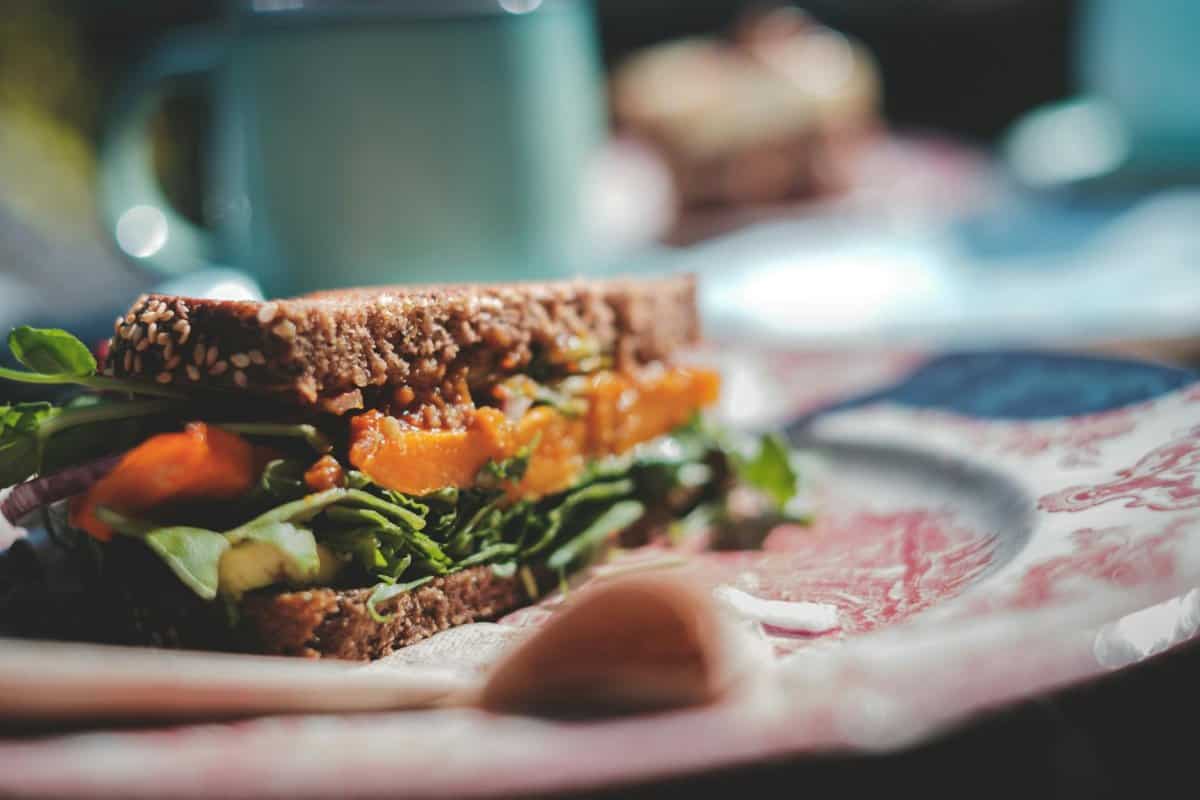
Food influencers often shine a spotlight on specific ingredients, rapidly turning niche items into mainstream culinary sensations. Ingredients like matcha, avocado, and even turmeric have surged in popularity largely due to influencer advocacy across social media platforms. For instance, vibrant matcha lattes and avocado toast creations frequently dominate Instagram feeds, enticing consumers to seek these ingredients in their dining experiences. Restaurants keenly track these trends, integrating influencer-favored ingredients into their menus to attract socially savvy diners. By embracing these trending foods, establishments not only stay relevant but also demonstrate responsiveness to evolving consumer demands inspired by influential digital tastemakers.
9. Influencers Drive Interest in Unique Dining Experiences
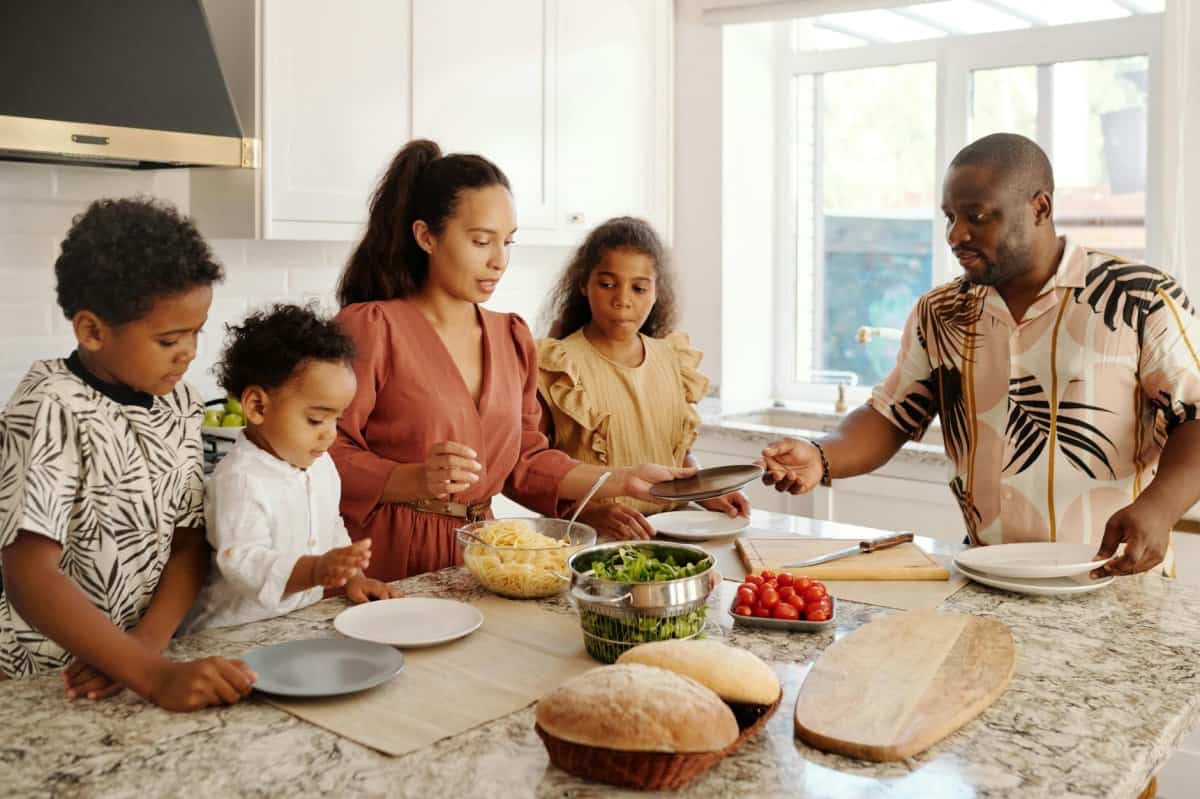
Food influencers frequently highlight distinctive dining experiences, inspiring followers to seek out immersive and interactive culinary adventures. Experiences such as chef-led cooking demonstrations, themed pop-up dinners, or sensory-driven tastings gain significant popularity through influencer storytelling. For example, influencers showcasing “chef’s table” experiences or interactive hot pot dining have motivated restaurants to introduce similar offerings. Establishments eager to stand out in a crowded market now prioritize experiential dining opportunities, understanding their power to attract attention and foster deeper customer engagement. Influencer-driven interest in these unique culinary journeys helps restaurants differentiate themselves, creating memorable moments that diners are eager to share online.
10. Influencers Affect Menu Pricing and Perceived Value
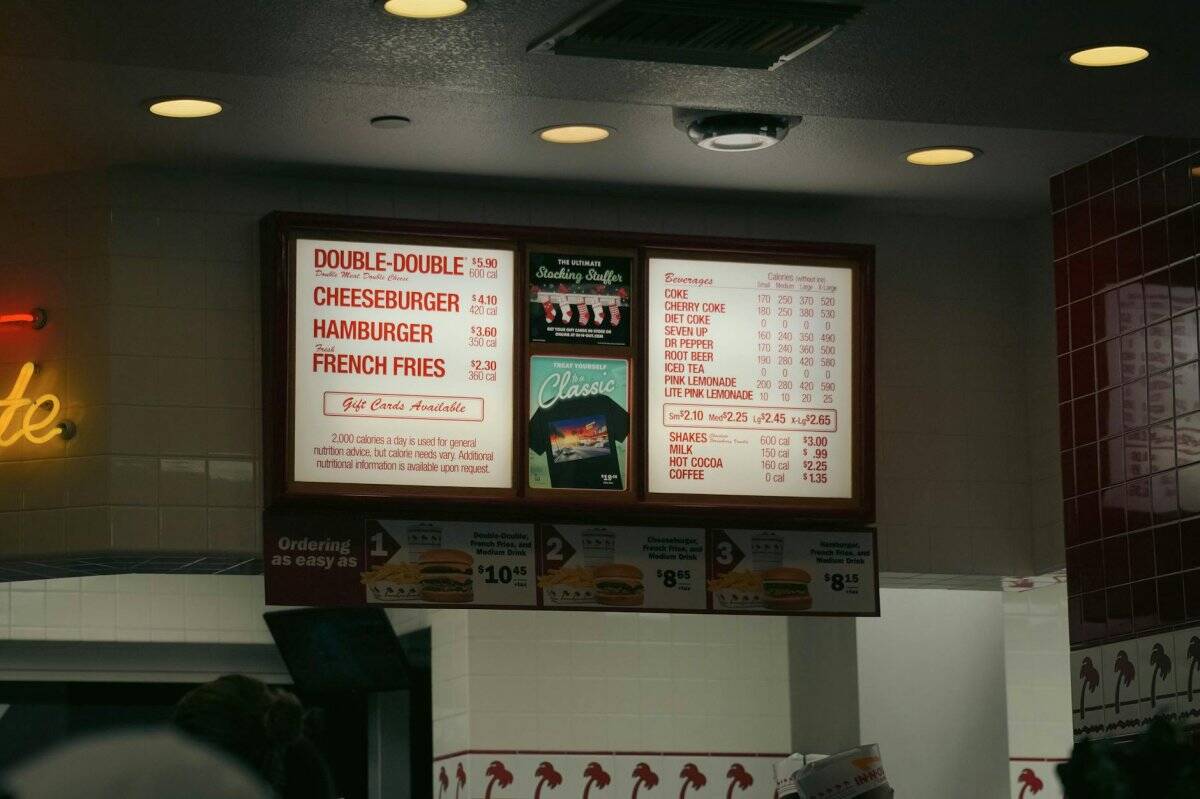
Influencer endorsements often lend a sense of exclusivity and desirability to particular dishes, enabling restaurants to command premium pricing for these featured items. When a prominent influencer showcases a specialty dish, followers perceive higher value due to its social cachet and rarity. For example, limited-edition influencer collaborations or dishes recommended by well-known digital tastemakers can justify higher menu prices, as customers willingly pay more for the status and experience associated with influencer approval. Consequently, restaurants strategically leverage influencer connections to elevate perceived value, enhancing profitability and reinforcing the impression of exclusivity among diners eager to participate in trending culinary moments.
Wrap-up

Clearly, food influencers have become pivotal in shaping dining trends, consumer preferences, and the entire culinary landscape. From leveraging visual storytelling on social platforms to promoting health, sustainability, and unique dining experiences, these digital tastemakers have transformed how restaurants approach menu innovation and marketing. Influencers not only spotlight trending ingredients and viral dishes but also influence perceptions of authenticity, value, and quality. For restaurants aiming to stay relevant and appealing, understanding and embracing influencer-driven trends is essential.
Is your menu influencer-ready? By tapping into the insights shared here, you can position your establishment at the forefront of the next big culinary trend.





